I-V Characteristics
1/13
Earn XP
Name | Mastery | Learn | Test | Matching | Spaced |
|---|
No study sessions yet.
14 Terms
What is the ideal resistance of a voltmeter
Infinite resistance
What is the ideal resistance of a ammeter
Zero resistance
What does the I-V graph for an ohmic conductor look like
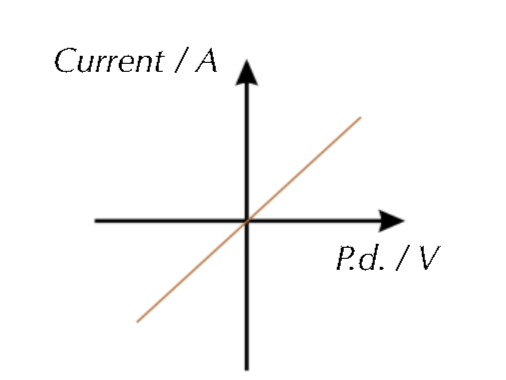
What does the I-V graph for a filament lamp look like
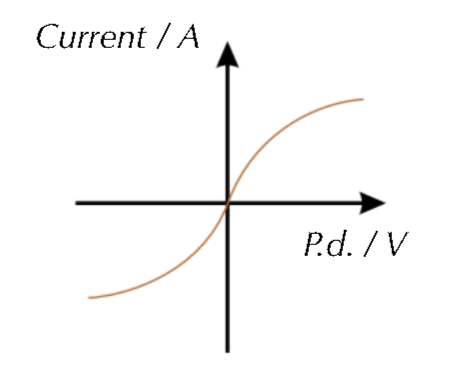
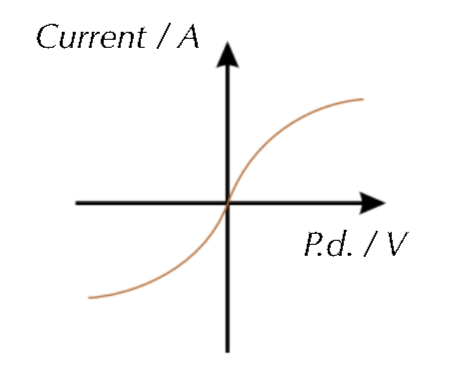
Explain the I-V graph for a filament lamp
It’s made of a thin coil of metal wire which is designed to heat up and glow.
An increase in current increases the temperature and the resistance, which causes the current to decrease again.
What does the I-V graph for a thermistor look like
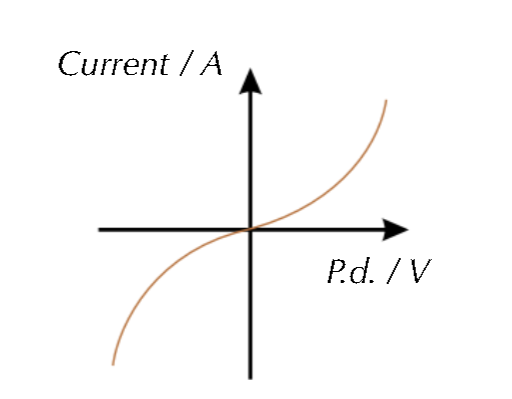
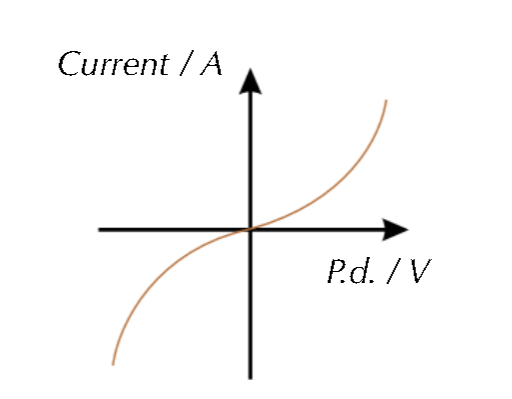
Explain the I-V graph for a thermistor
As current flows through the thermistor the thermistor heats up causing more charge carriers to be released.
Therefore the resistance of the thermistor decreases.
What is the I-V graph for a diode


Explain the I-V graph for a diode
They are designed to let current flow through one direction only.
What is forward bias
The direction in which the current can flow in a diode
What is the threshold voltage
The minimum voltage required before a diode will conduct. Energy has been used to make the charge carriers available.
What happens to the resistance in a negative coefficient resistor when the temperature increases
Decreases
What happens to the resistance in a light dependent resistor when the light intensity increases
Decreases
Why does increasing the light intensity or temperature decrease the resistance in LDR’s and Thermistors
They stimulate more charge carriers to become available